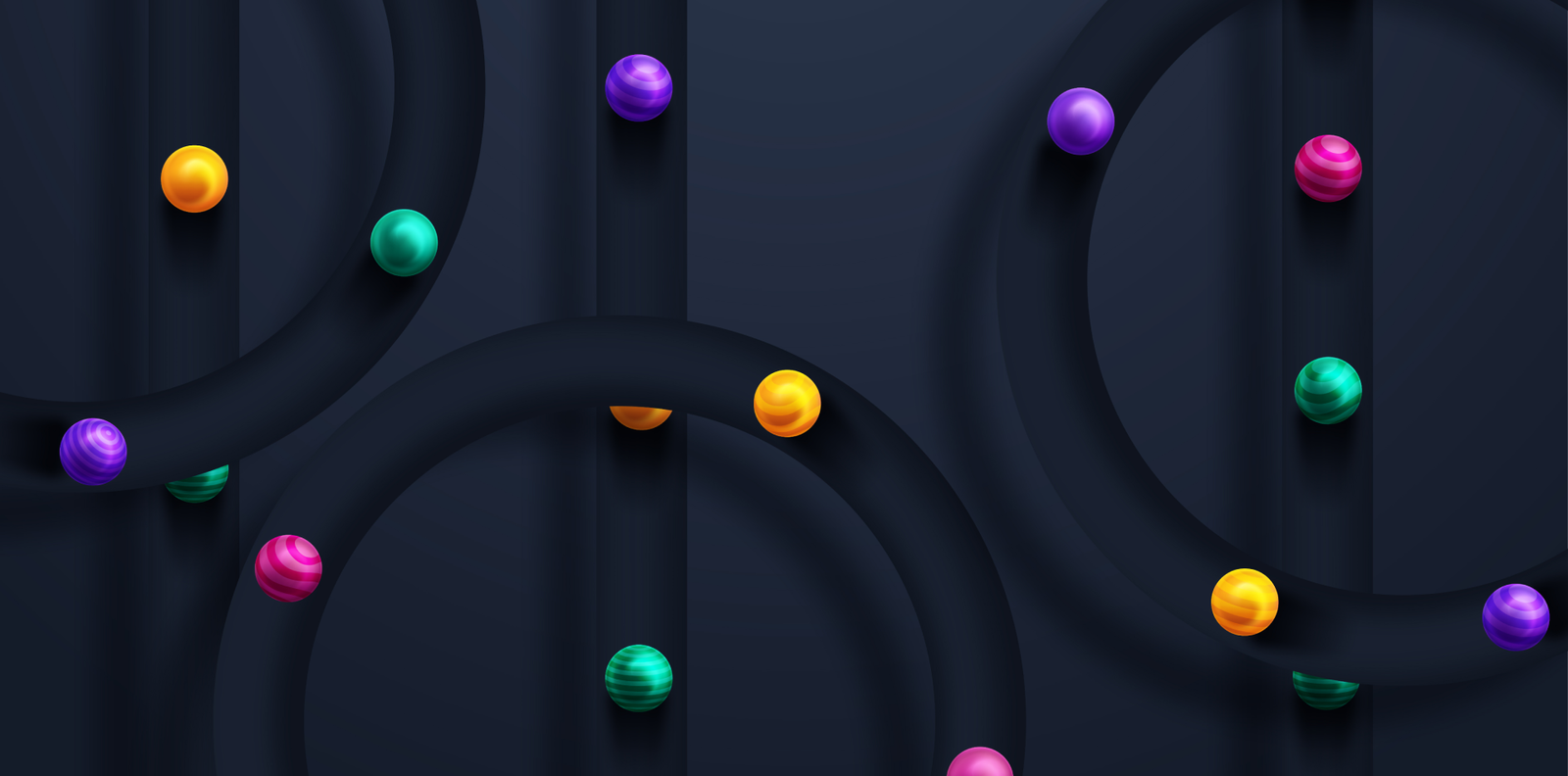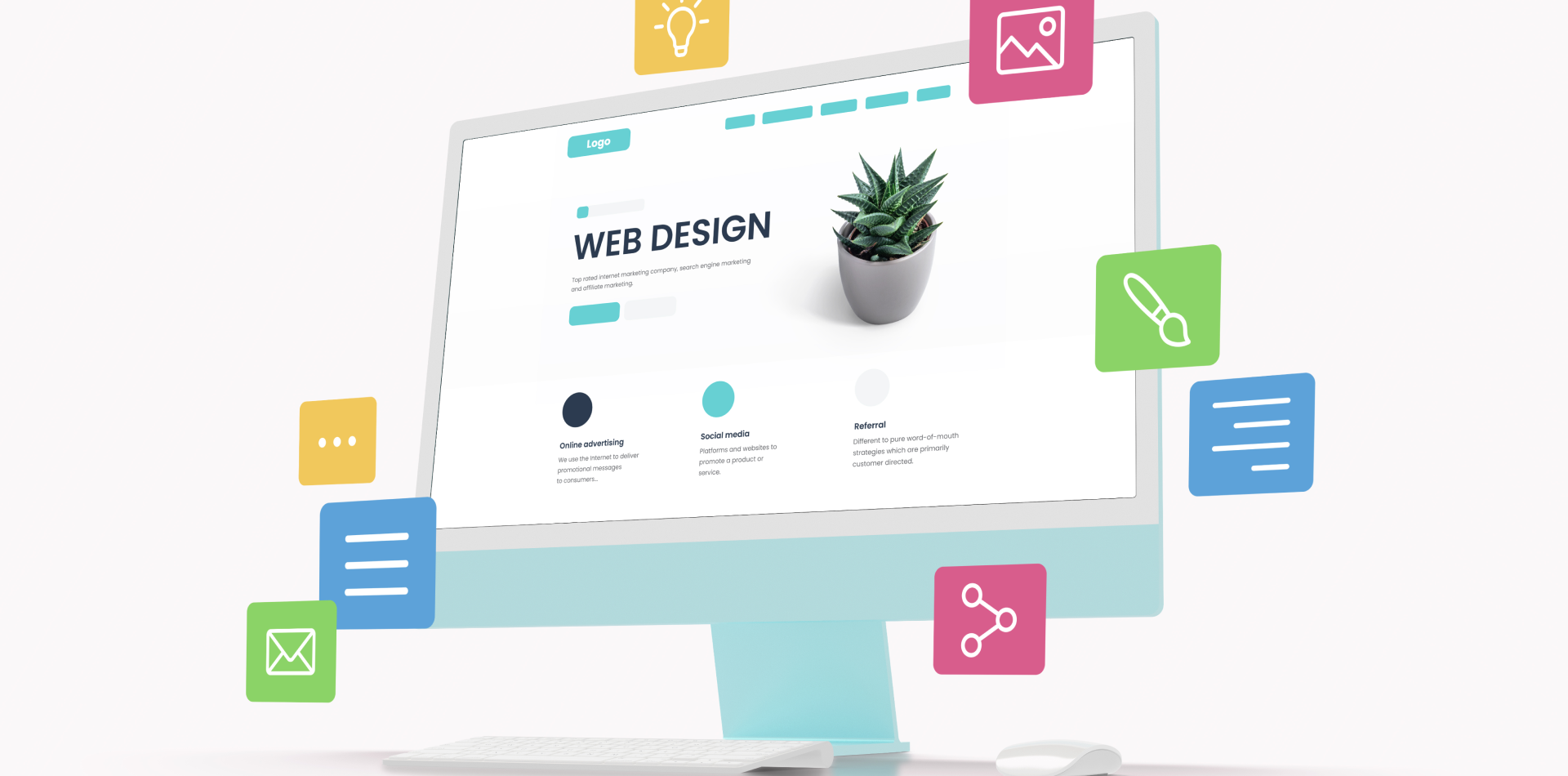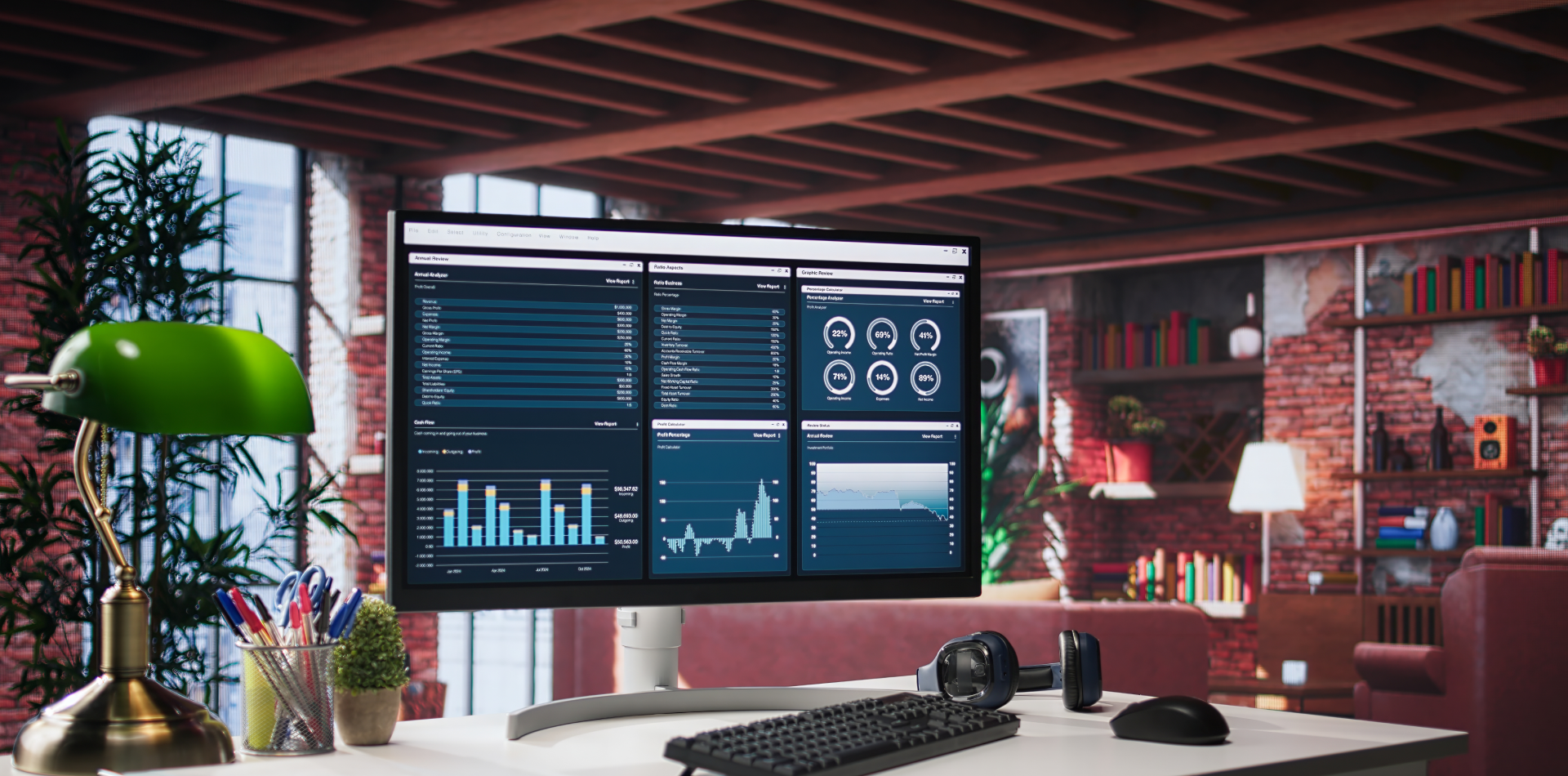Design is not just about aesthetics—it’s about solving problems. Every great design begins with a deep understanding of the need it aims to address. Whether it’s a mobile app, a website, a product, or even a service, the primary condition for meaningful design is recognizing the user’s pain points, desires, and challenges.
In this blog, we’ll explore why identifying a real need is the first step in the design process, how user research plays a crucial role, and how designers can create solutions that are functional, user-centric, and impactful.

Why Recognizing the Need is Crucial for Design
1. Design Solves Problems, Not Just Beautifies
A well-designed product isn’t just visually appealing—it addresses a pain point. Without understanding the problem, design becomes decorative rather than functional.
Example:
The invention of the Braille system by Louis Braille came from recognizing the need for visually impaired individuals to read and write independently.
2. User Needs Drive Innovation
Many breakthrough products exist because someone identified an unmet need. The best designs focus on enhancing the user experience by eliminating frustrations or improving efficiency.
Example:
Airbnb was created because travelers needed an affordable and flexible alternative to hotels, and homeowners needed an easy way to rent out extra space.
3. A User-Centric Approach Leads to Success
Ignoring user needs can lead to product failure, no matter how well-designed it looks. A great design process starts with empathy—putting yourself in the user’s shoes to understand their problems.
Example:
Google’s search engine succeeded because it prioritized fast, accurate search results over unnecessary design complexity.
4. Recognizing the Need Improves Usability
A product that doesn’t serve a clear purpose ends up frustrating users. When designers focus on real needs, they create intuitive, easy-to-use solutions.
Example:
The best UI/UX designs focus on reducing friction—think of how one-click checkout on Amazon makes shopping seamless.
How to Identify User Needs in Design
1. Conduct User Research
Use surveys, interviews, and analytics to understand what users truly need, not just what you assume they need.
2. Observe User Behavior
Watch how users interact with existing solutions. Where do they struggle? What could be improved?
3. Identify Pain Points & Gaps
Find inefficiencies in current designs and look for ways to simplify or enhance functionality.
4. Validate with Testing & Feedback
Prototyping and usability testing ensure that your design actually meets user needs before final implementation.
5. Focus on Function First, Aesthetics Second
Great design isn’t about making something pretty—it’s about making something work. The best products balance form and function.
Conclusion
At its core, design is about solving problems—not just making things look good. The most impactful designs stem from a deep understanding of user needs. By focusing on identifying real problems, designers can create solutions that are not only functional but also transformative.
So, the next time you start a design project, ask yourself:
👉 What problem am I solving?
👉 Who needs this solution?
👉 How can I make it better than existing alternatives?
Recognizing the need is the first step toward great design. Everything else follows from there.



